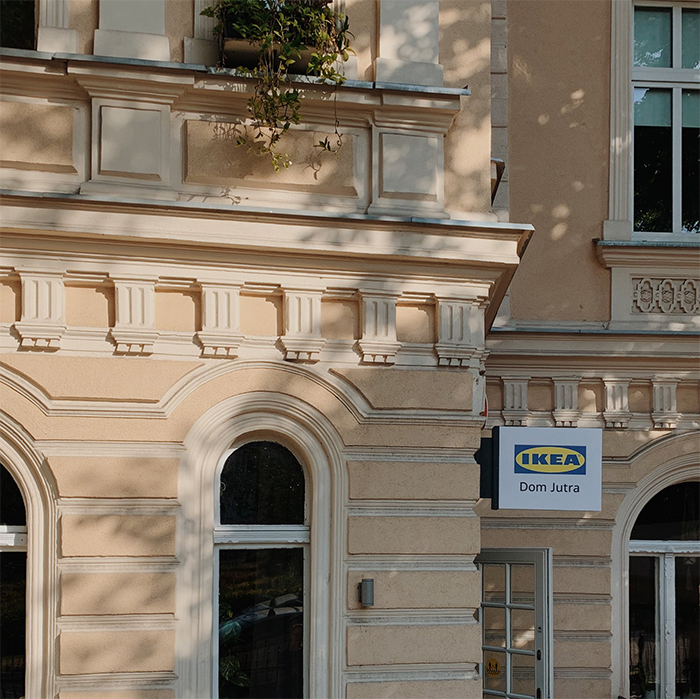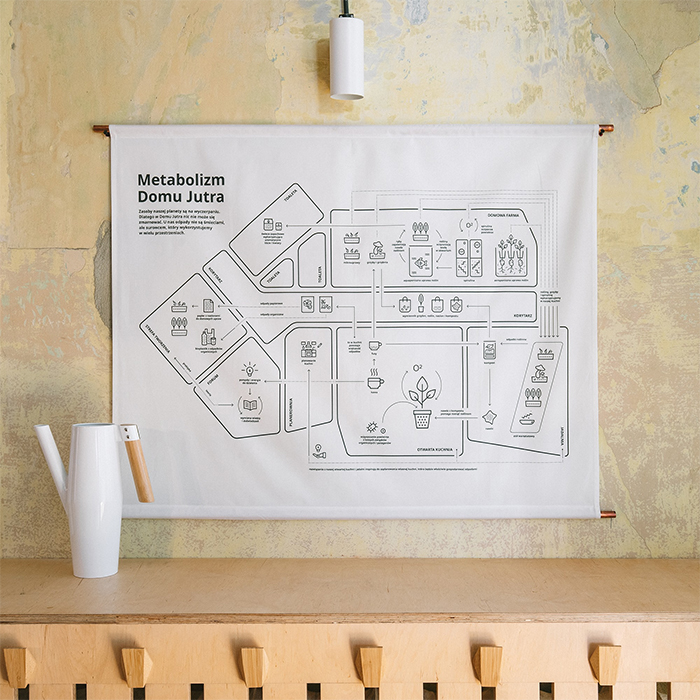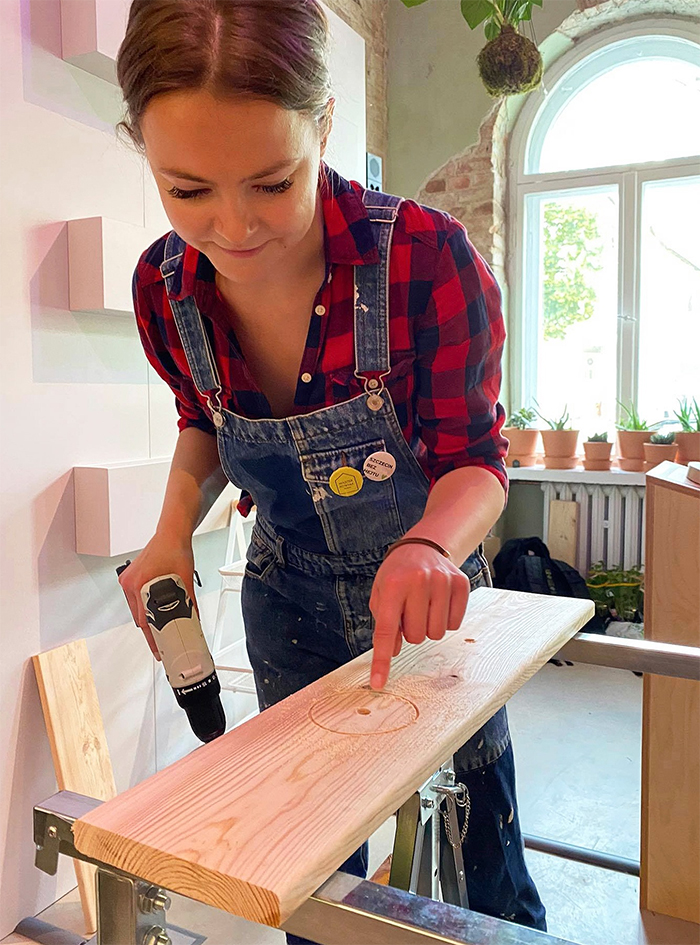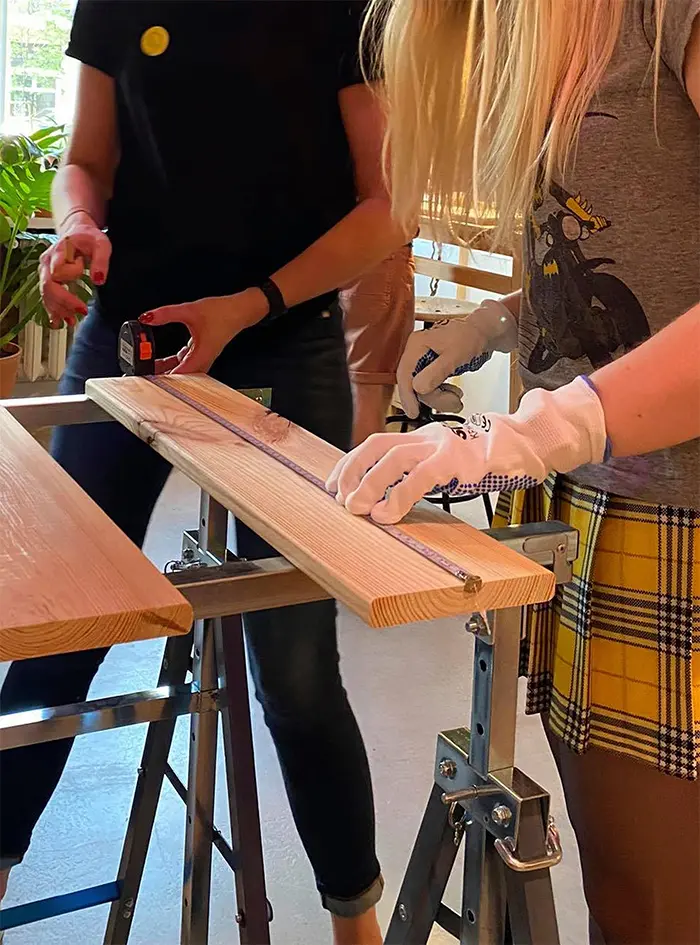Today, about half of the world’s population resides in cities and based on a research by IKEA, it is estimated that 70% of the world’s population will live in urban areas by 2050. Considering how cities are growing faster than ever, it’s safe to assume that an urban lifestyle IS our future. While there are several pros of living in urban areas, we also can’t deny some of the disadvantages that come with it. As the urban population grows, cities will become overcrowded and diseases could spread faster. Moreover, a lack of open and green spaces and pollution will take a toll on our environment and on our health.
Increasing population density in urban areas would later result to waste disposal problems, insufficient water availability, poor air quality and high energy consumption. Inevitably, strong city planning will be essential to manage these issues, along with the challenging demands of urban environments. For this reason, IKEA introduced the ‘Home of Tomorrow’, an innovative promotion for a sustainable urban living.
IKEA Home of Tomorrow Promotes Sustainable Urban Living
https://www.instagram.com/p/CBhsJbHH9uS/
So, the Home of Tomorrow was conceived by Polish designers Joanna Jurga, Paulina Grabowska, and Justyna Puchalska. Together with a team, they worked on a design where the home itself is a living organism. The team behind the project transformed a 120-year-old abandoned building in Poland into a self-sustainable abode which thrives in zero-waste management. The 2,700-square-foot space is full of more than 600 plants.


https://www.instagram.com/p/CBhvRBdn2aK/
Herbs, fruits, vegetables, and fungi are all planted throughout the space with the use of hydroponic gardening. This gardening method is a subset of hydroculture that involves growing plants without soil. This soil-less agriculture uses mineral nutrient solutions in a water solvent to grow the plants instead. With this method, food cultivation becomes possible even in an urban setting. In addition to soil-less gardening, the home concept design also connect the spaces by circulating water, food, waste and other resources.
https://www.instagram.com/p/CBkV-5gnN1h/
https://www.instagram.com/p/CBhuv93HoWl/
https://www.instagram.com/p/CBhvCaAn4vI/
The Home of Tomorrow consists of different spaces including a workshop, a kitchen area and a lounge area. Since it is open to the public, people can visit the concept home to learn more about sustainable practices. People can visit the workshop to learn how to repair existing furniture without creating excess waste. While, employees are waiting in the special kitchen area to teach visitors how to make their kitchens environmentally-friendly. The lounge area features a minimalist design where visitors can relax. It is illuminated by a light installation that imitates sunlight.


https://www.instagram.com/p/CBsdtPml7DH/
https://www.instagram.com/p/CBkw1B0ne9C/
The Home of Tomorrow is open until early 2021. Everyone can attend the workshops and discussions on sustainable urban living.

